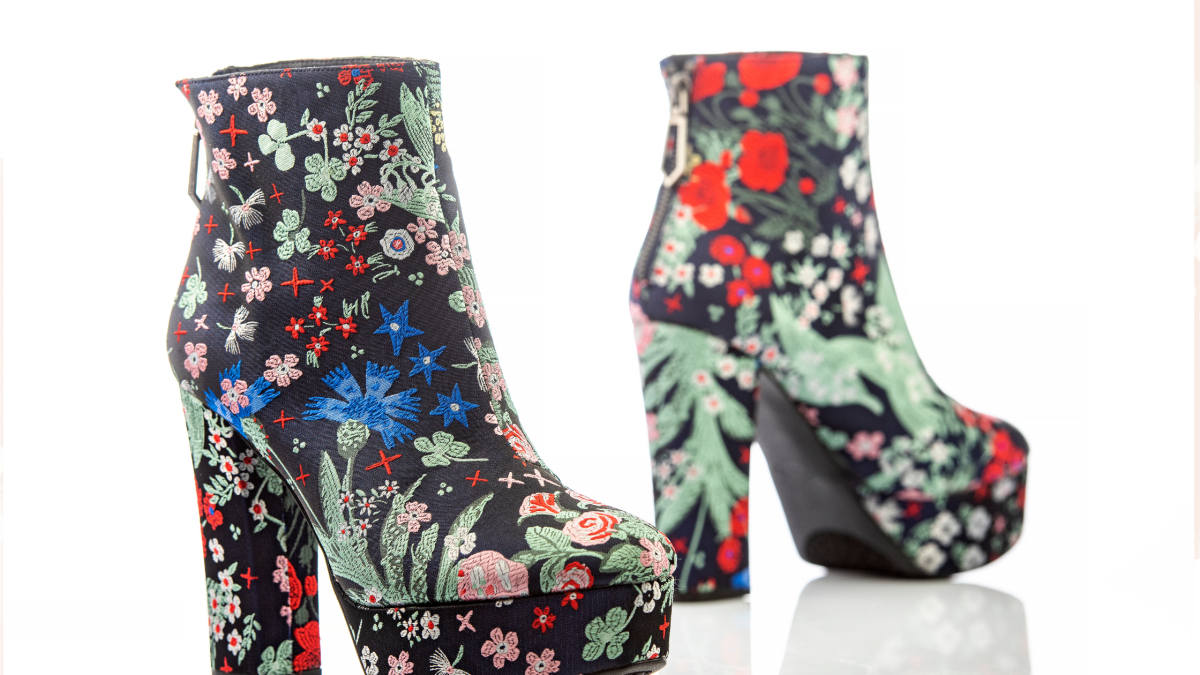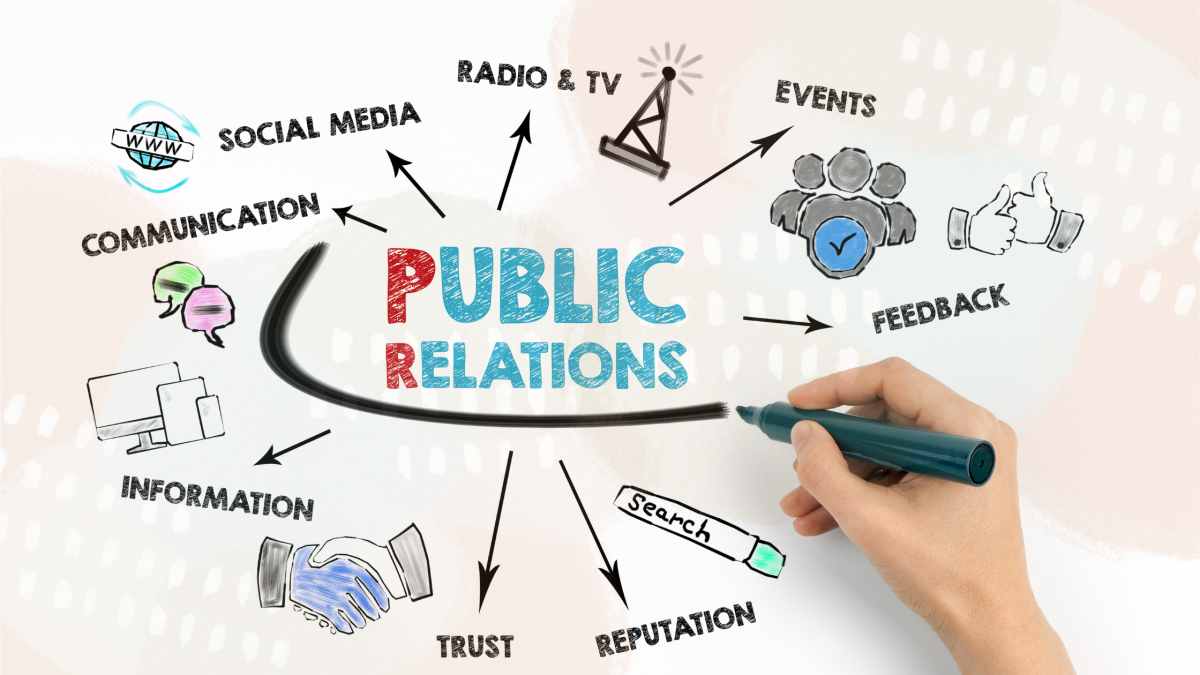Platforms … the word that, fairly quickly, went from meaning an awesome pair of shoes to a way to access the wide world of internet. Choosing a relevant social media platform, much unlike choosing the correct shoes, requires you to understand exactly where your target audience is spending the majority of their scrolling time.
HOW your target audience is using social media and WHAT platforms they are populating are inextricably linked to one another. In our last blog, we talked about understanding the how portion of their behavior. Now we can get into understanding which. Again, this depends a lot on age and which generation you are targeting, if you are seeking just one. You will also need to take into account a range of factors when deciding which social media platforms you should focus on. The importance lies in making sure you put all your eggs in the basket that draws in your target audience. Otherwise, what’s the point?
Facebook…it’s almost for everyone
Facebook continues to offer the largest gathering of online eyeballs, with a whopping 2.91 billion active users monthly. Most users are in the 24-35 age group and spend an average of 30 minutes scrolling. Boomers are also likely to use this platform the most. However, Facebook’s growth isn’t flourishing as it once was, as younger users continue to shift their attention elsewhere.
Instagram isn’t just for family photos
If you are targeting Millennials and Gen Z, Instagram is a great bet since it is heavily populated by the 18-35 age group. Within three years, this platform has doubled their active monthly users to reach a massive 2 billion. Instagram offers option to shop directly from its platform, which puts businesses right in front of their target audience at just the right time. Users of this platform likely gravitate toward fun, real, and creative content from brands.
Twitter talk
Twitter is indeed in use, but it doesn’t get nearly the traffic of Facebook and Instagram, with only about 211 million active users daily. Twitter users tend to be highly educated and high-earning; it has become known as a place to find breaking news and discuss events. Many thought leaders gravitate toward Twitter and their loyal fans follow suit.
TikTok has a whole new meaning in 2022
TikTok is revered by the 10-19-year-olds who, believe it or not, have incredible purchasing power. Trendy adults, such as the hip ladies over at P&A, also flock to the Tok. It is a great platform for those who have content that would be enjoyable in a video format. TikTok is a rapidly growing beast where most of the users are female and spend about an hour scrolling per day. That means that you get a lot of exposure when using this platform, but beware … the users are less likely to go for ads and much fonder of authentic, honest, and even humorous content.
LinkedIn for your business
Surprisingly, Millennials dominate this platform of 810 million monthly users. Most of those scrolling LinkedIn are high earning professionals both domestic and international. This platform is less about the fun and more about lead generation, job searches, establishing yourself as a subject matter expert and connecting with others in your industry.
Other great platforms that you may want to check out are SnapChat, YouTube and Pinterest. Again, you will need to be wise to your target audience so that you understand where they are spending their online time. Many of our clients choose three to four outlets and focus on tailoring the message to meet each audience. For example, a post for Instagram may not be appropriate for LinkedIn and so on. In time you may find that the patterns of your target audience change, in which case you will need to rethink where expending your time and effort. It is all an ever-changing landscape, where the internet runs the show … and platform shoes are no longer the coolest statement (but they will make a comeback).










